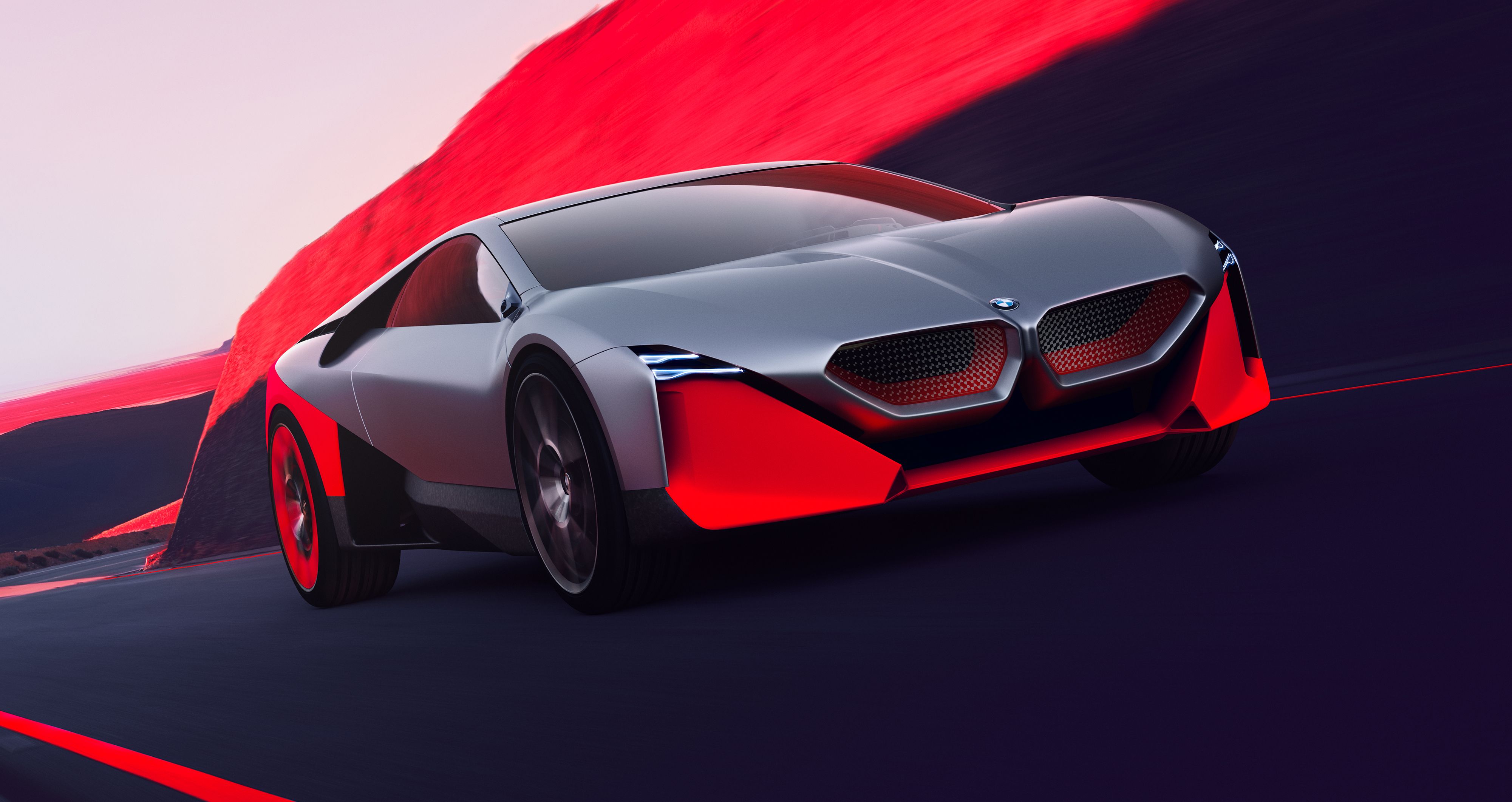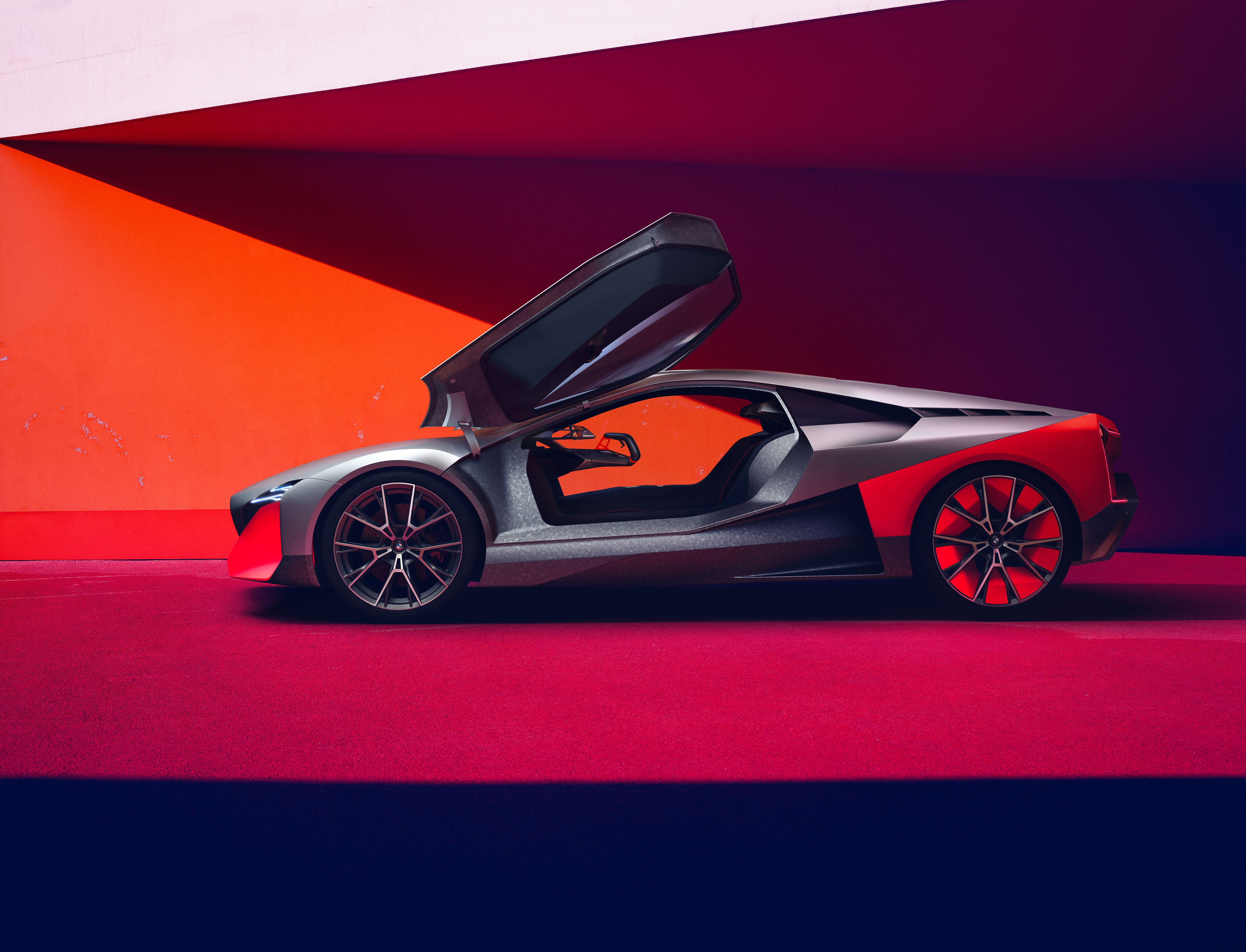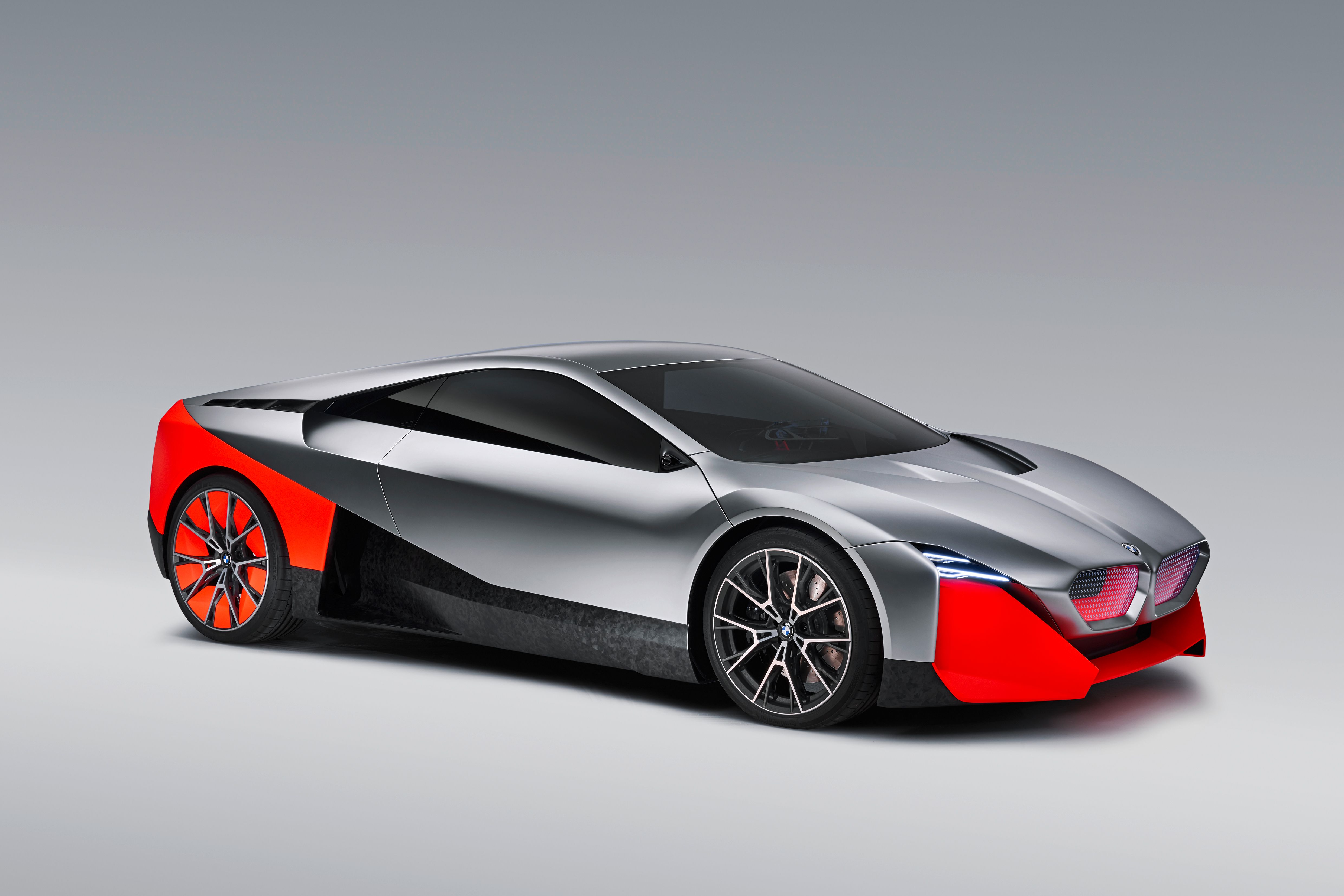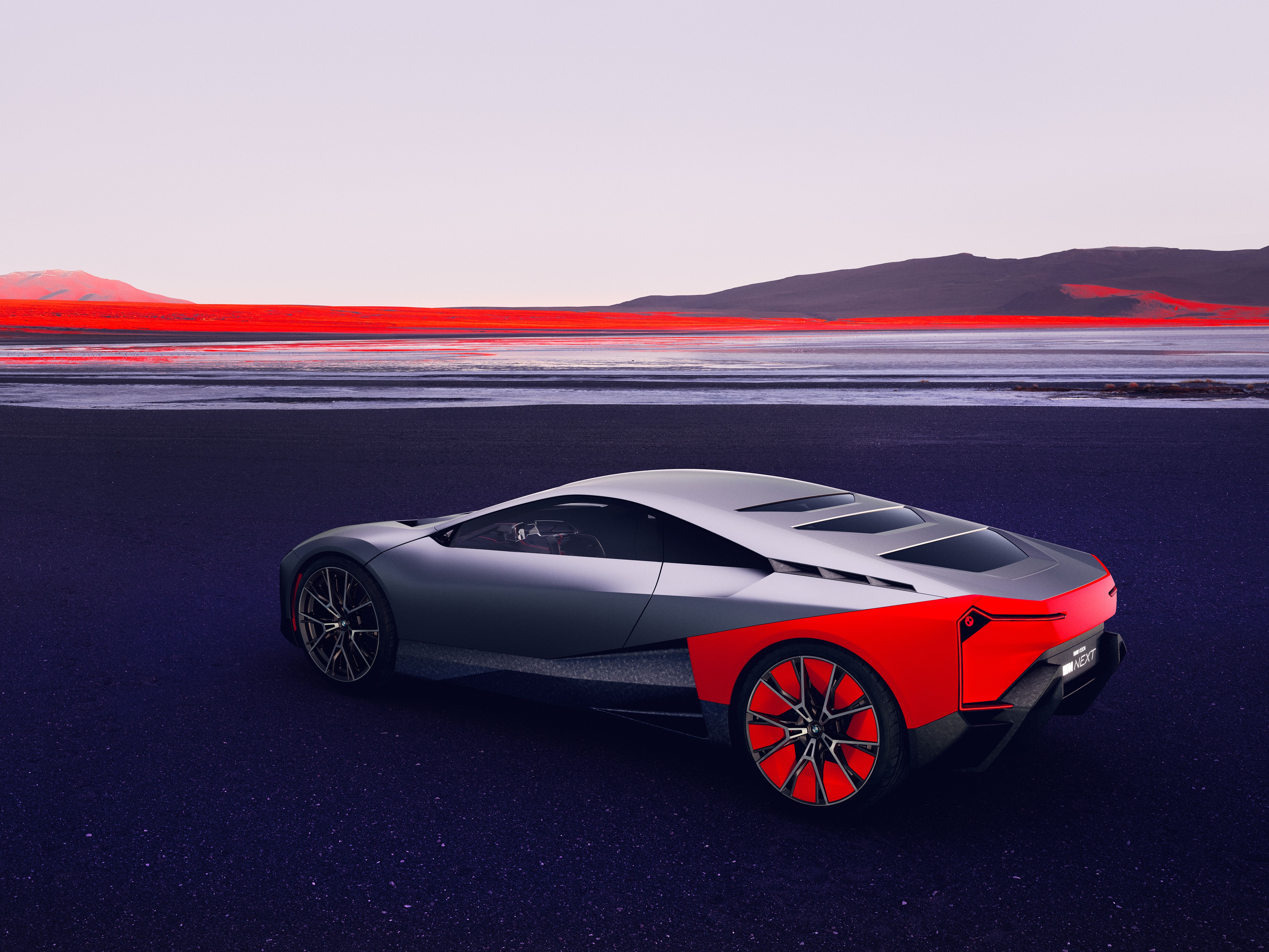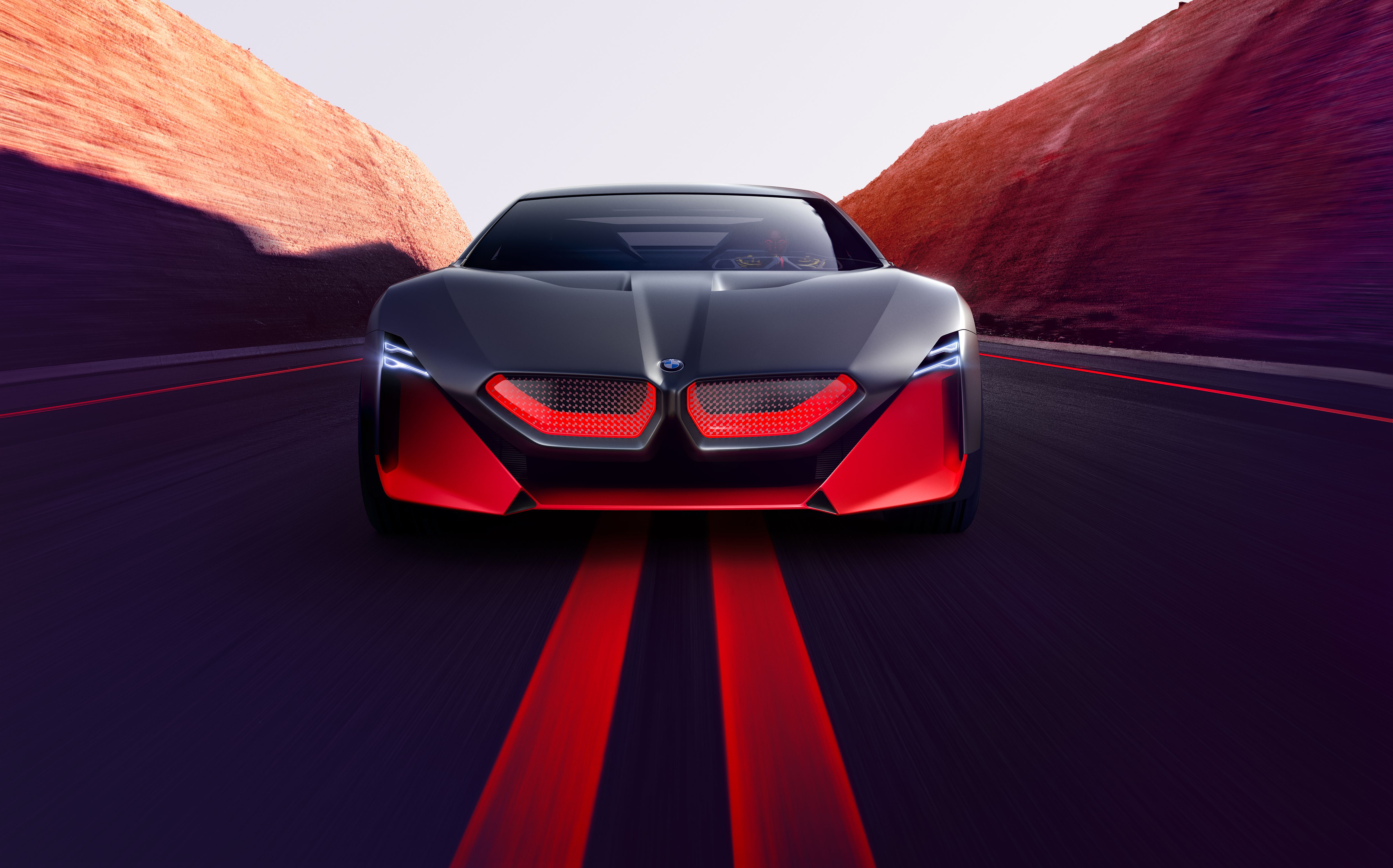The subject of a standalone BMW supercar has been broached countless times over the years. Nothing has come out of it, but the lingering possibility remains, especially now that the new CEO of BMW M has come out and said that he’s not opposed to seeing a halo BMW M model. Markus Flasch now sits at the helm of BMW’s sports car division, and he’s made no bones about his desire to see a standalone M sports car. Whether that desire leads to actual plans remains to be seen, but those who have been hoping to see one come to life can now take comfort knowing that the man in charge of Bimmer’s M division is championing the cause.
|
|
ids=847304,847306 |
no_overlay=false |
before_label=BMW Vision M Next Concept |
after_label=BMW M1> |
Don’t get too excited. Don’t even get too ahead of yourselves. All these rumors of a halo BMW M performance car aren’t new. They’ve taken different shapes and forms through the years, but ever since Bimmer discontinued the M1 in 1981 — that’s almost 40 years ago — whispers of a BMW halo car have never gone away. That said, times have changed. What didn’t make business sense back then might just work now. Look at Mercedes and its own performance brand, Mercedes-AMG. It wasn’t that long ago when BMW’s biggest rival wasn’t keen on building a halo performance car. Now, it has the Mercedes-AMG One, arguably one of the most dynamic and technologically advanced hypercars in the world today.
It’s not an impossible scenario for BMW to follow that same path, especially now that BMW M’s new CEO, Markus Flasch, appears to be on the side of seeing a flagship M car come to life. Speaking with Top Gear at the 2019 Frankfurt Motor Show, Flasch admitted that decision-makers in Bavaria have had discussions on the possibility of building a stand-alone M performance car. More than just discussions, Flasch also added that his team at BMW M are already working on a few possibilities, even though nothing has been set in stone yet. “Standalone M cars are obviously something that my team likes to work on,” Flasch said. “It wouldn’t be the first time; we did it with the M1 many years ago.”
Now that it’s out there, expect a lot of questions about this rumored standalone performance car to be asked in the next few months, or however long the buzz persists. It’s not exactly a new rumor, but this one appears to have some legs to it in ways previous rumors did not.
So, if BMW does sign off on a standalone M performance car, what can we expect out of it? Flasch didn’t dive into the details, opting only to say that his team has “some very concrete plans for something new.” It’s not an exciting answer, but it is something worth paying attention to. Could this rumored performance model have something to do with BMW’s announcement last month that the Vision M Next would head for production in early 2023? More specifically, is this rumored standalone model actually the production version of the Vision M Next? Even with the absurdly high concept standards attached to the Vision M Next, there are elements in the model that can translate to a future standalone M performance car.
The concept’s hybrid drivetrain, for example, has the potential to find its way into a future production performance model. The system is called “Power PHEV,” and it features a turbocharged four-cylinder — likely with a 2.0-liter displacement — and a number of roof electric motors that combine to produce 600 horsepower. It’s not exactly on the level of the 1,000-plus horsepower Mercedes-AMG One, but it is a significant step up from the hybrid drivetrain powering the BMW i8.
That setup is made up of a 1.5-liter three-cylinder engine and an electric synchronous motor, delivering a total of 369 horsepower. Compared to the i8’s hybrid setup, the M Next Vision Concept’s hybrid drivetrain fits the possible profile of a future standalone M performance car. According to Bimmer, the M Next can sprint from 0 to 62 mph in only three seconds, making it a full second quicker than the i8. Top speed is also pegged at 186 mph. That would make it 31 mph more than the i8. At the very least, the production version of the M Next would be as powerful as the M8. The latter currently sits as the most powerful M car in the automaker’s lineup.
Another question that’s been on a lot of people’s minds is the engine placement. The natural inclination would be to assume a front-engined model, but let’s not kid ourselves, either. If BMW M develops a standalone M performance mode, we all want it to carry a mid-engine configuration. Even Flasch admitted that while a mid-engine performance car has been discussed as an option, it’s also “not the only option.”
Whatever comes out of these discussions, it is exciting to think about the possibilities. Those who are old enough to remember the BMW M1 understand why it’s become an iconic model in its own right. If BMW decides to finally return to the performance car scene, it would need to come out with a model that can justify the long wait and, more importantly, live up to the hype.
Fortunately, BMW’s M division looks to be in good hands under Flasch, who said that it’s not going to sign off on a standalone performance just because he can or he wants to. “We will only bring those options to customers when they offer an advantage in terms of character, in terms of performance,” he said. “We won’t do it just to be first on the market with a particular type of powertrain. That’s not what our customers are after.”
Further reading
Read our full review on the 2019 BMW Vision M Next Concept
Read our full speculative review on the 2020 BMW i8.
Read our full driven review on the 2019 BMW i8 Roadster.
Read our full review on the 1978-1981 BMW M1.

